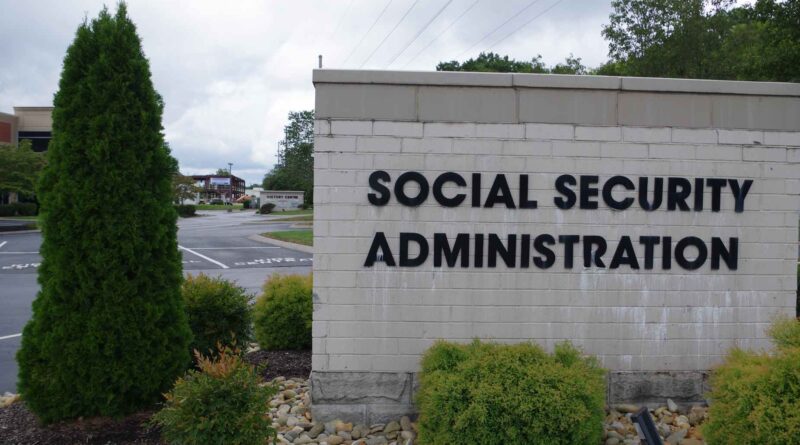Everything in Social Security changes in October – The changes are now public and legal
Several upcoming changes to the Supplemental Security Income (SSI) program have been announced by Social Security Administration (SSA)a pillar of the American government’s social safety net. Millions of Americans, especially retirees and people with disabilities, will benefit from these reforms. Although social needs and economic conditions have changed since 1989, SSA’s decision to update its policies is part of a larger effort to renew the program.
The change is related to the withdrawal of food assistance from friends and family eligibility criteria. For more than 90,000 people, this change would increase monthly SSI benefits by $131. By recognizing the important role that informal support networks play in the lives of many beneficiaries, SSA hopes to lower this barrier and increase access to programs for those in need. In addition, the rental subsidy exemption, which previously only applied to seven states, is now being expanded nationwide by the SSA. For more than 41,000 people, this change could mean a monthly increase in SSI benefits of about $132.
Social Security announced new official changes for beneficiaries in October
Another notable change is the broader definition of a family receiving public assistance. The Social Security Administration simplifies the eligibility process by including Supplemental Nutrition Program (SNAP) benefits and eliminate the need for all family members to receive public assistance. The move would result in improved SSI benefits for about 277,000 people, as well as reduced reporting requirements for those living in public assistance households. The SSA reforms are expected to have a significant impact on the financial security of SSI beneficiaries.
By relaxing eligibility restrictions and increasing monthly payments, the agency provides much-needed assistance to some of the most needy groups. While it is admirable, SSA’s efforts to improve SSI program and to draw attention to the ongoing problems that the organization faces. Achieving a balance between social welfare and fiscal discipline is a difficult task that requires a rigorous assessment of short- and long-term consequences. In turn, these reforms give SSA an opportunity to demonstrate that it is committed to helping people in need and solving program problems.
As SSA implements these measures, it will be responsible for monitoring their impact on recipients and the larger public safety net. Although the agency’s willingness to change and update its policies is a step in the right direction, continued awareness of the facts and response will be needed to ensure the sustainability and equity of the SSI program. To shape the program’s future and ensure it serves the needs of all Americans, stakeholders — including lawmakers and advocacy organizations — will be critical.
Other changes the Social Security Administration will implement soon
Here are two other major changes that will affect the Supplemental Security Income (SSI) program and, as a result, hundreds of low-income Americans and people with disabilities, according to recent letters— from the Social Security Administration.
- A new law governing the support and maintenance of assets (IMS). As a result of this new law, the Social Security Administration will no longer consider the provision of food assistance by friends and family when determining an applicant’s eligibility under support conditions. and maintenance (IMS). This will increase the number of people eligible for SSI benefits and increase monthly SSI payments by about $131 for more than 90,000 people.
- The SSI program will extend the rental assistance exception. The The Social Security Administration has announced that it will extend the current exemption for rental subsidies, previously available in only seven states, to SSI applicants and recipients nationwide. This would improve eligibility and increase SSI payments by $132 each month for about 41,000 people.
#Social #Security #October #public #legal
